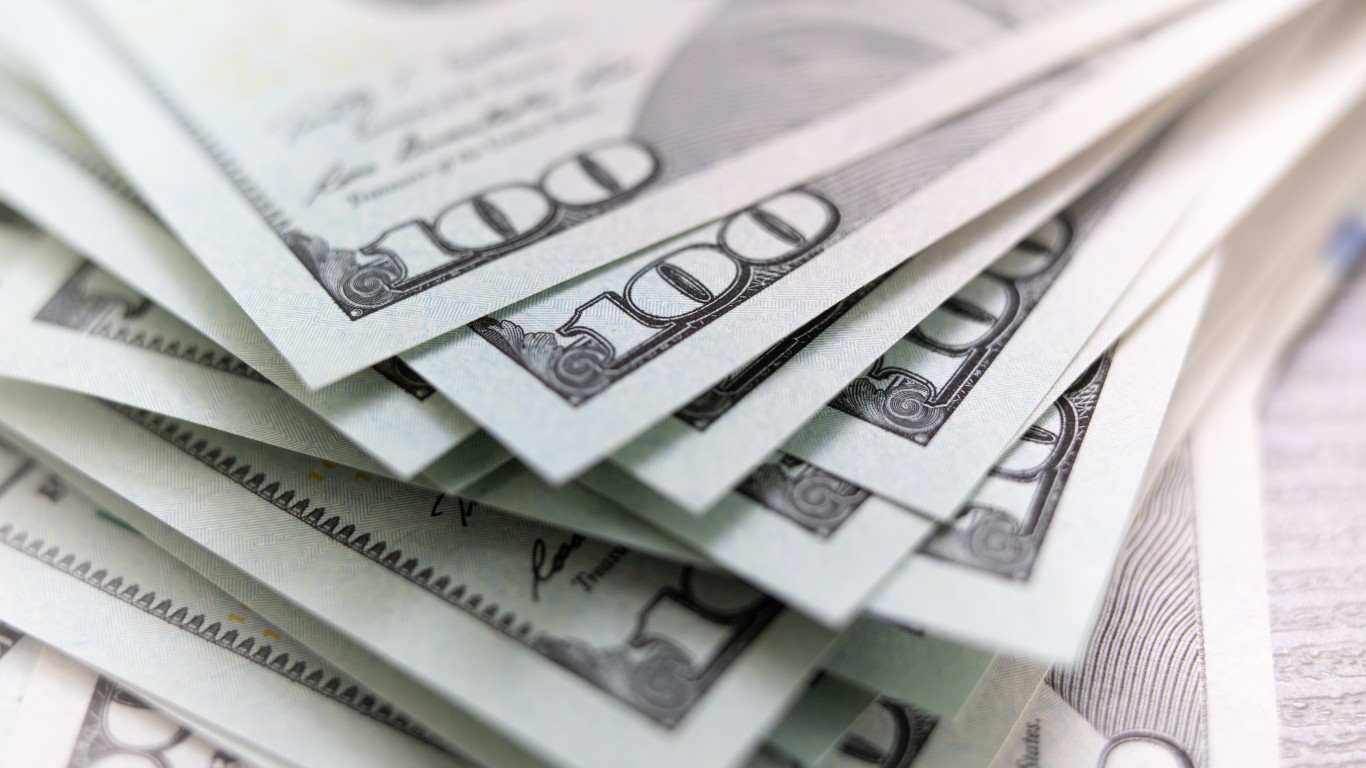
New Mexico rebate checks of up to $1,000 will soon start hitting the bank accounts of eligible taxpayers in about two weeks’ time. Last month, Governor Michelle Lujan Grisham informed that the latest round of rebates would go out in mid-June.
Who Will Receive The Rebate Money?
New Mexico will use the fiscal year surplus from high oil prices to return over $673 million to eligible taxpayers in the form of a rebate. Eligible single filers will get $500, while married taxpayers filing jointly will get $1,000.
“Our state today is in a fantastic financial position, and it’s important to me that New Mexico’s families are sharing in that success,” Governor Grisham said when announcing the 2023 rebate.
New Mexico rebate checks will go out to residents who have filed their 2021 taxes. Also, they must not have been declared as a dependent on another taxpayer’s return. Those who have filed their 2021 New Mexico personal income tax return will get the rebate checks automatically.
Those who still need to file their 2021 return can do so until May 31, 2024, to claim the rebate checks. For married filing jointly, the rebate payment will be sent to the primary taxpayer listed on their 2021 state tax return.
Visit the state’s Taxation and Revenue website for more information on the New Mexico rebate checks. New Mexico sent out rebate checks last year as well. If you are eligible but haven’t yet received that rebate check, you need to contact the state’s taxation and revenue department.
New Mexico Rebate Checks: When To Expect Them
Recipients will receive the rebate either through direct deposit or paper check. The state is expected to send the direct deposits to bank accounts from June 16, while the paper checks will be issued in late June.
Those who have changed their banking information since filing their 2021 tax return will get their New Mexico rebate checks in the mail. There is no option to update the direct deposit information to get the rebate checks.
If a taxpayer has moved to a different address since filing their 2021 tax return, they will have to update their address by visiting the Taxpayer Access Point self-service portal on the state’s Taxation and Revenue Department. Also, taxpayers can submit a change of address form to the department.
Those not required to file income taxes because of their income level can apply for relief payments. The state’s Human Services Department will be responsible for managing the relief payments, which will be on a first-come, first-serve basis. Funds for the relief payments are limited to $15 million.
Relief payments to non-filers will be issued in July. The state’s revenue department, however, recommends that non-filers should consider filing the state income tax return even if they aren’t required to.
This article originally appeared on ValueWalk
Thank you for reading! Have some feedback for us?
Contact the 24/7 Wall St. editorial team.





